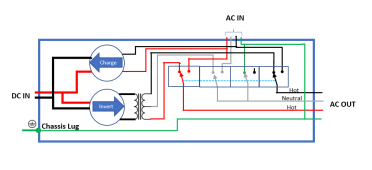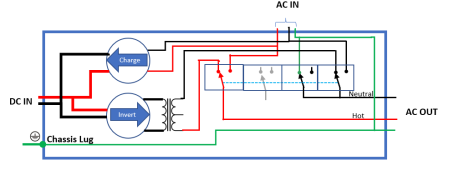All this discussion around the "European" Growatt 5000es has me wondering. What all-in-ones have the same design, but put everything in one box? Will mentions the LV6048 in his latest video, which appears to be two MPPs in a trench coat, but the LVX6048 uses an auto transformer like other LFI inverters. Just like the Growatt 6000t mvp. These are designed for the US, but do they really address the problems everyone is concerned about with the 5000es? Also, many transformerless inverters, aren't really transformerless, they just use high frequency(thus the description) transformers.
I think the whole EU vs. US design thing is misleading. Most of these are made in China and unless they are UL listed, they may or may not be "designed for the us" in reality. Even if they are split phase 240v.
I also think it's pretty stupid that I'm "not allowed" to have 240v appliances like kettles. Do you US guys know how fast they can boil water over there?
So chime in if you have an all-in-one with a schematic for ground/neutral behavior. Victron is great about this stuff, how about others?
I own both the 5000es and the 6000t, but they are in boxes. I didn't buy the 5000es from SS, and I have no need for an autotransformer, but I'm still following along to the drama.
I think the whole EU vs. US design thing is misleading. Most of these are made in China and unless they are UL listed, they may or may not be "designed for the us" in reality. Even if they are split phase 240v.
I also think it's pretty stupid that I'm "not allowed" to have 240v appliances like kettles. Do you US guys know how fast they can boil water over there?
So chime in if you have an all-in-one with a schematic for ground/neutral behavior. Victron is great about this stuff, how about others?
I own both the 5000es and the 6000t, but they are in boxes. I didn't buy the 5000es from SS, and I have no need for an autotransformer, but I'm still following along to the drama.






